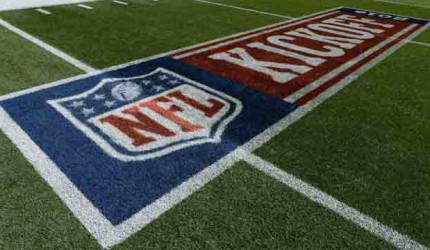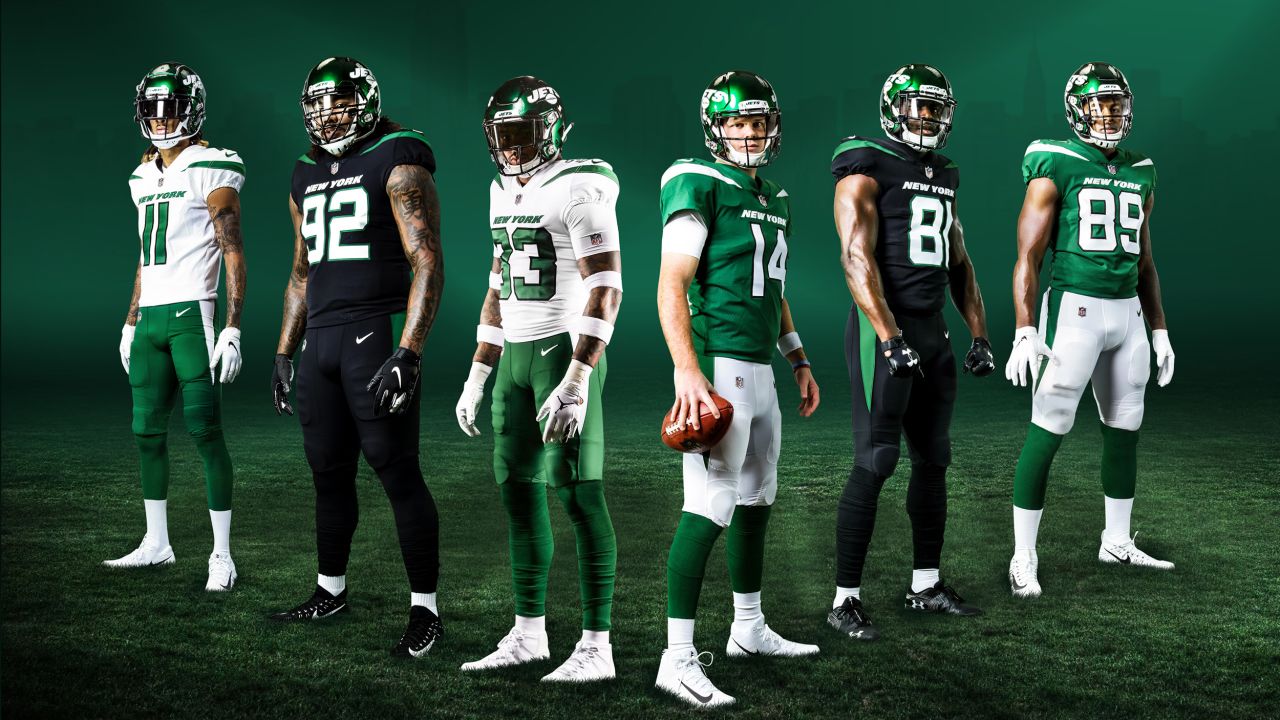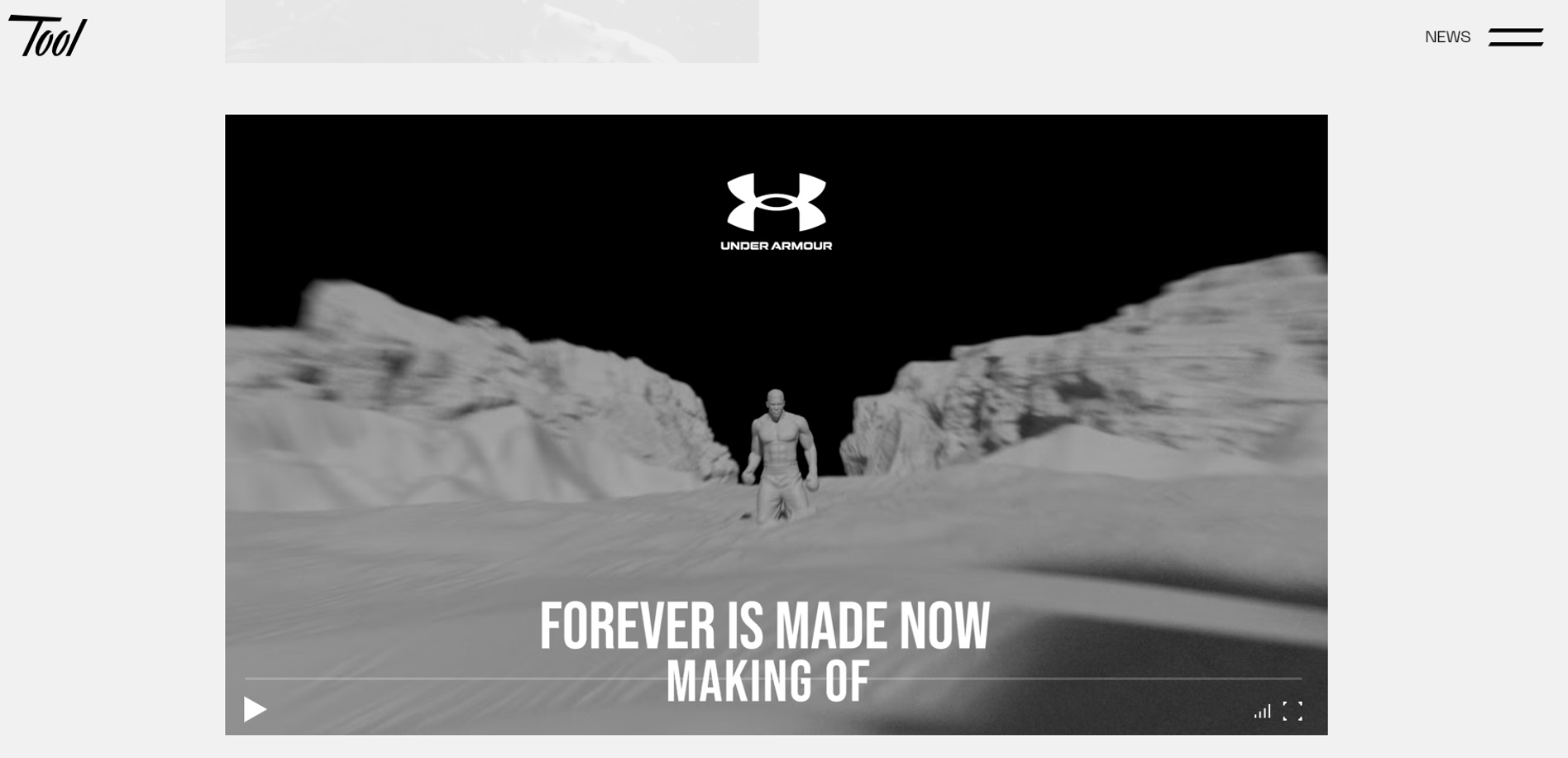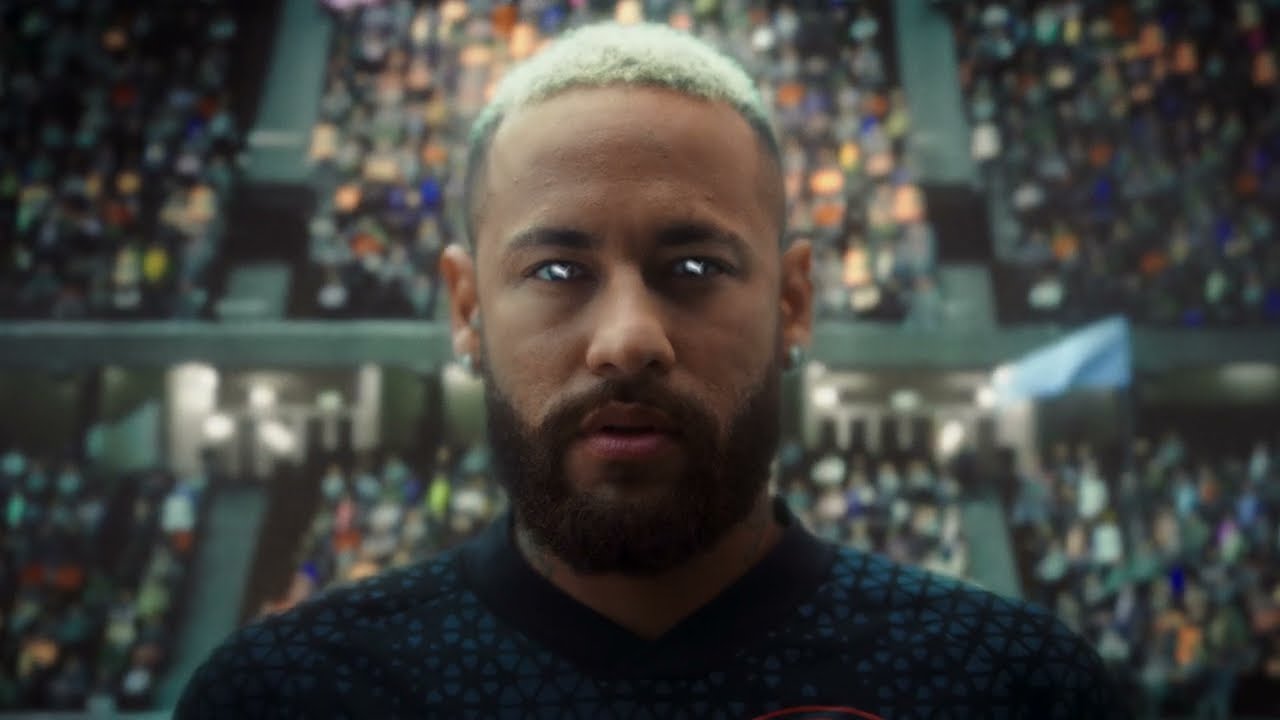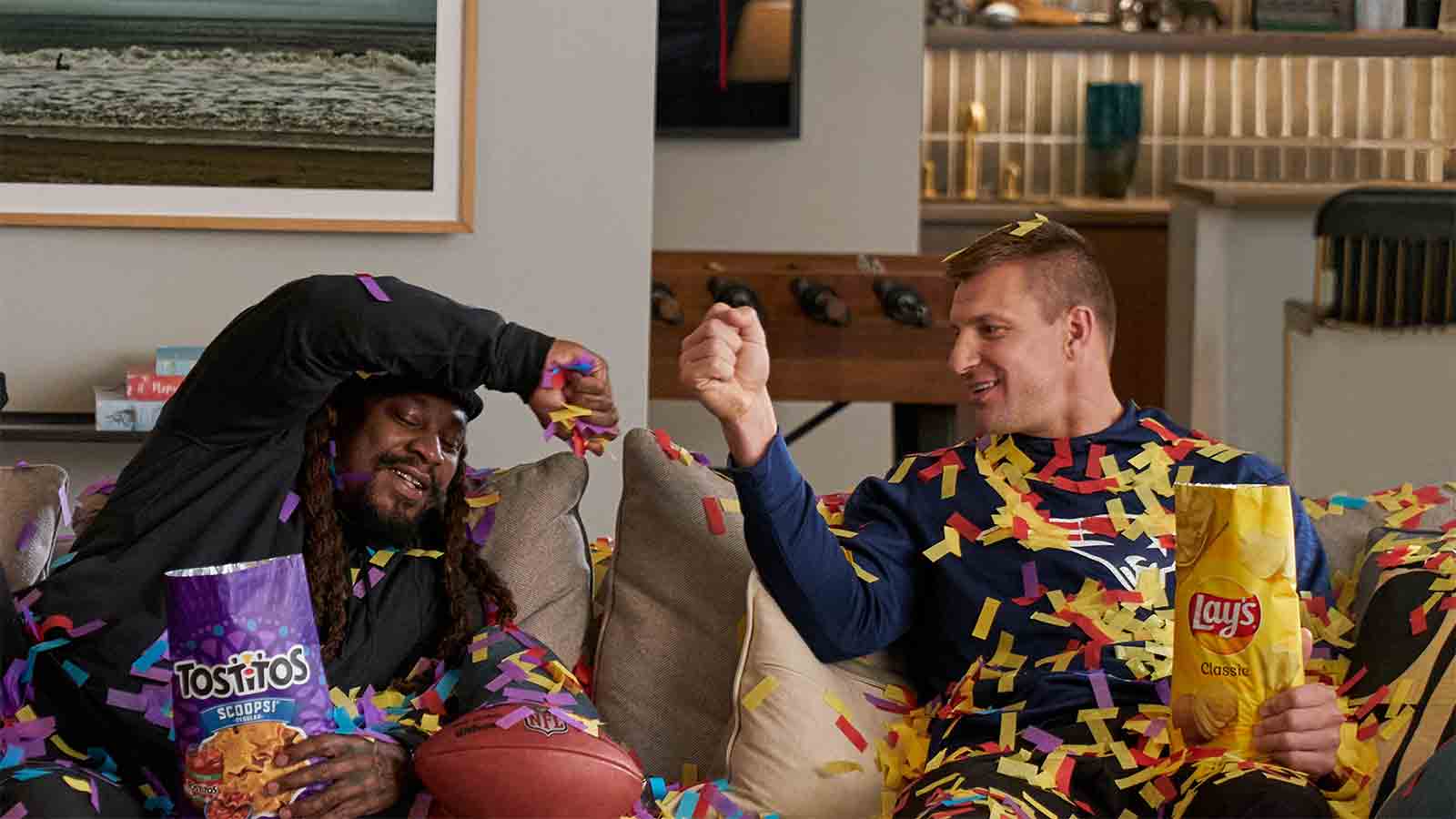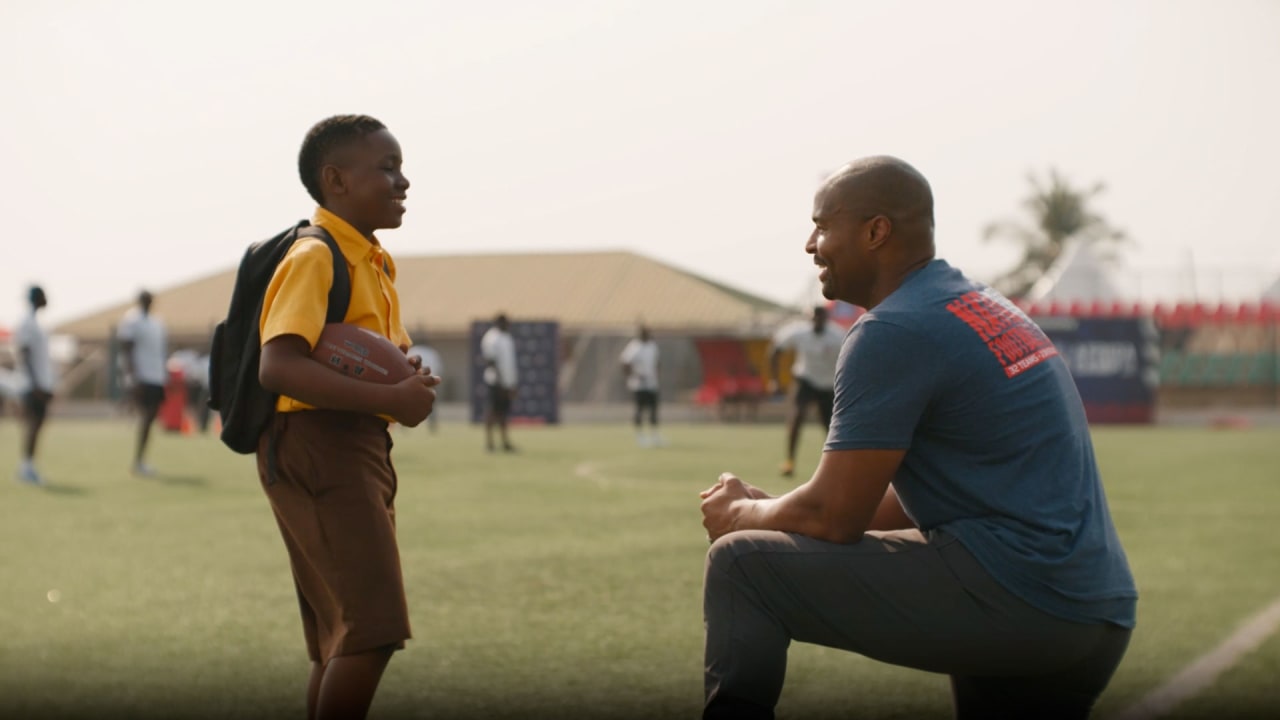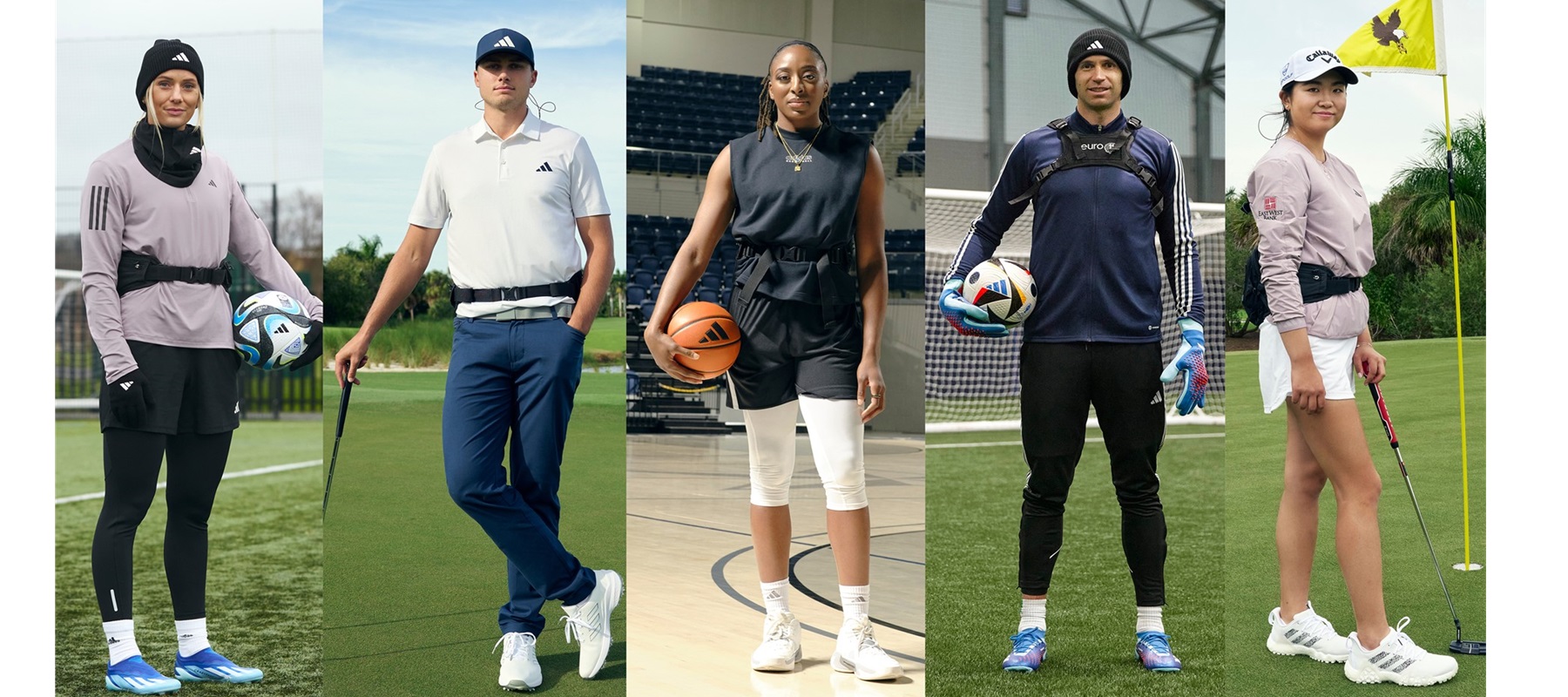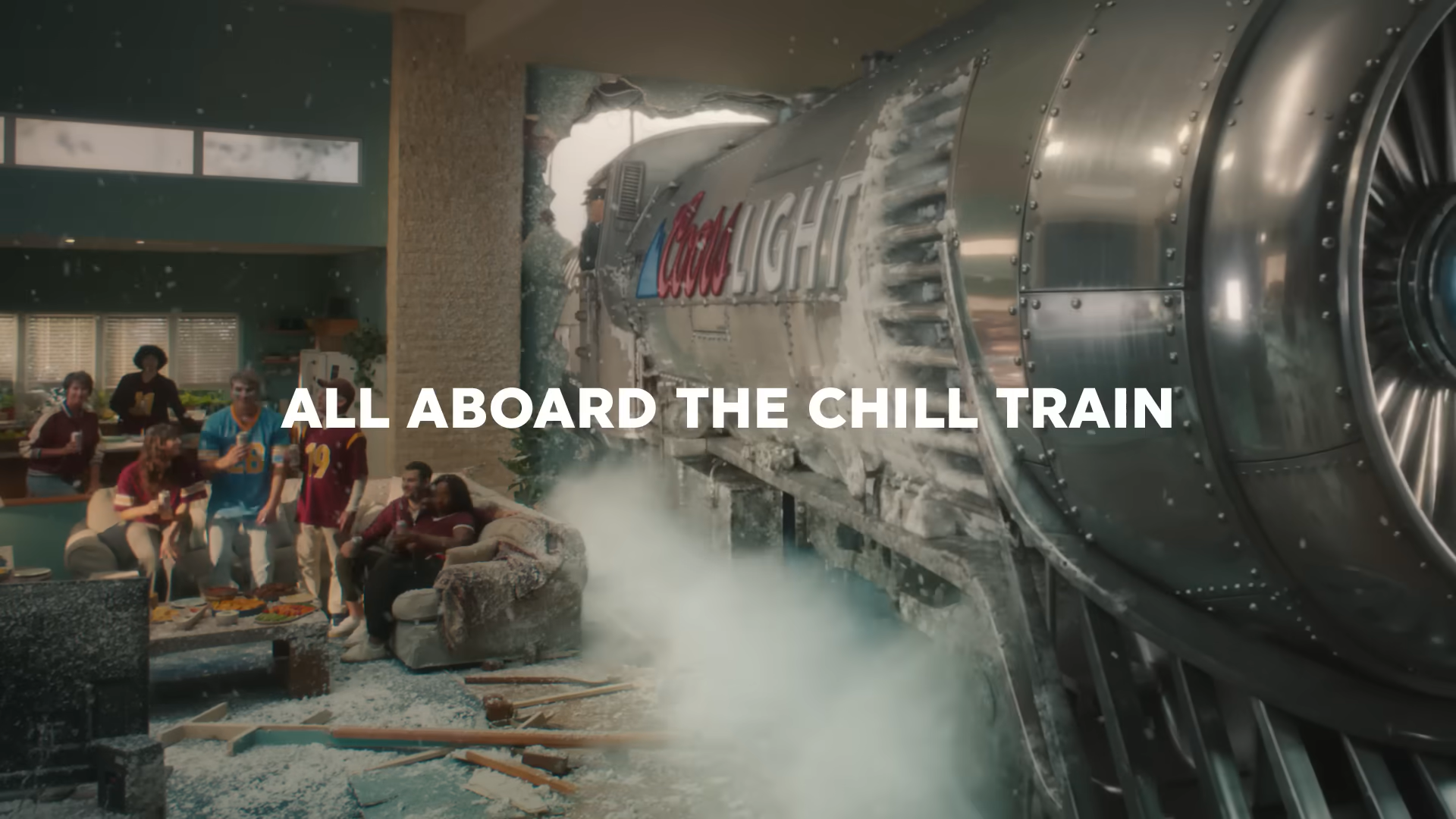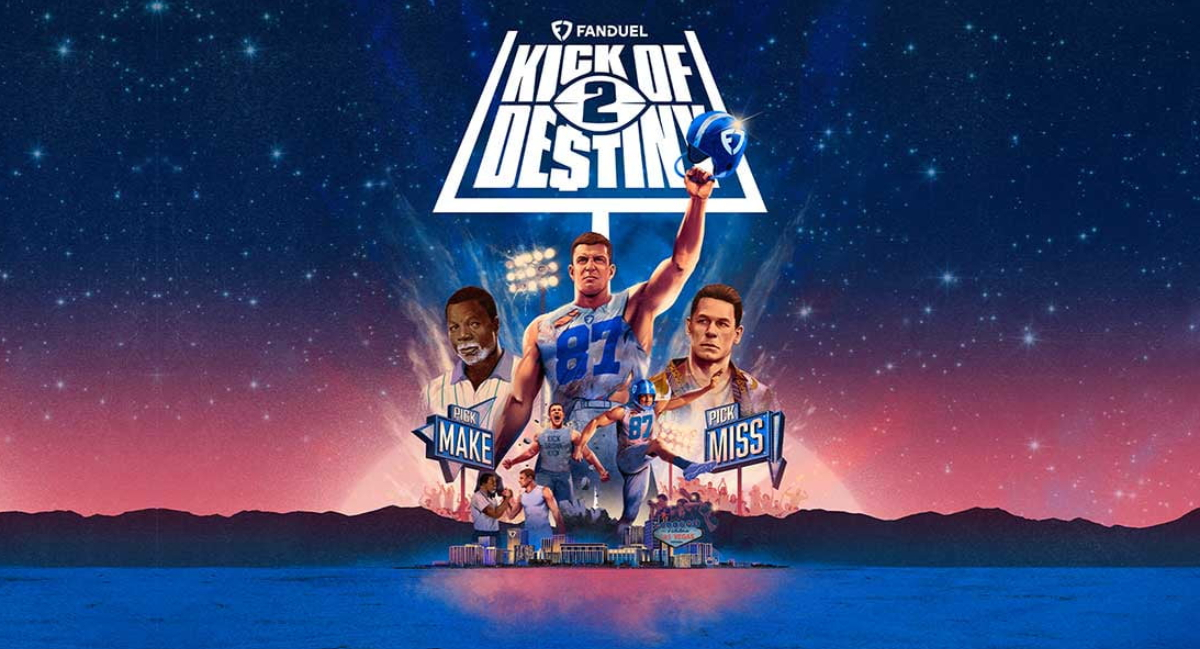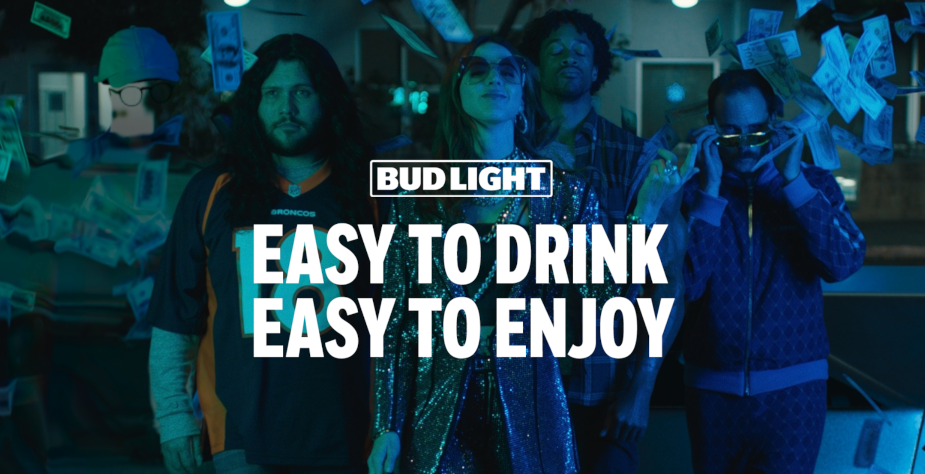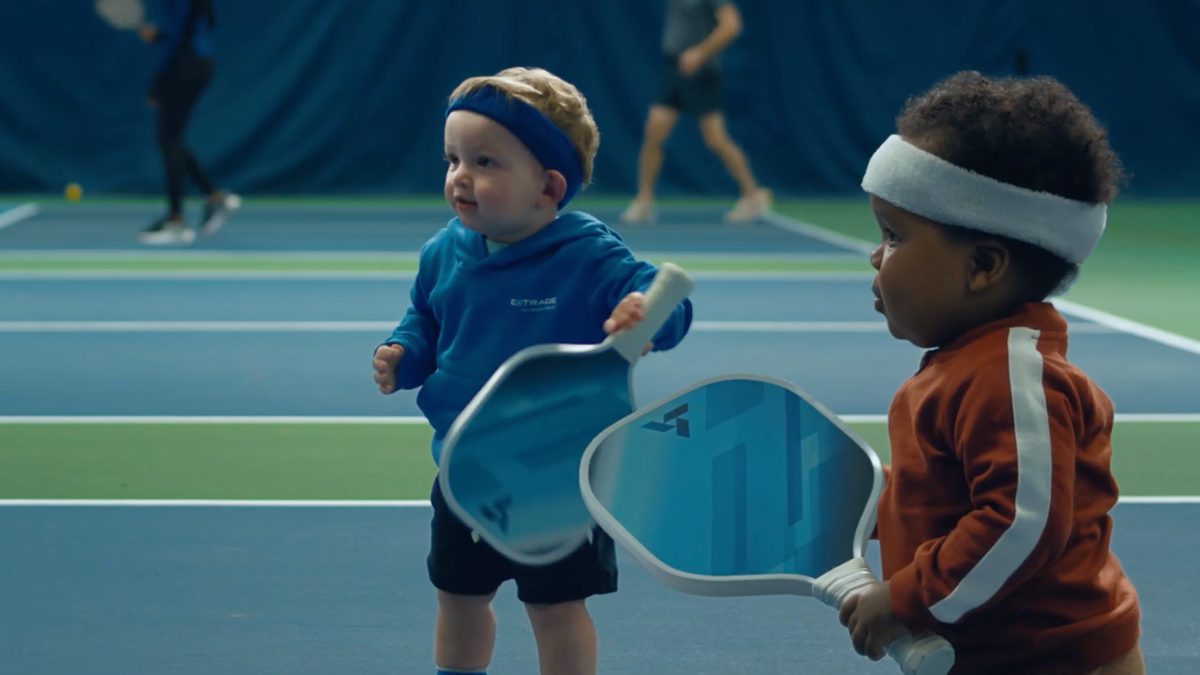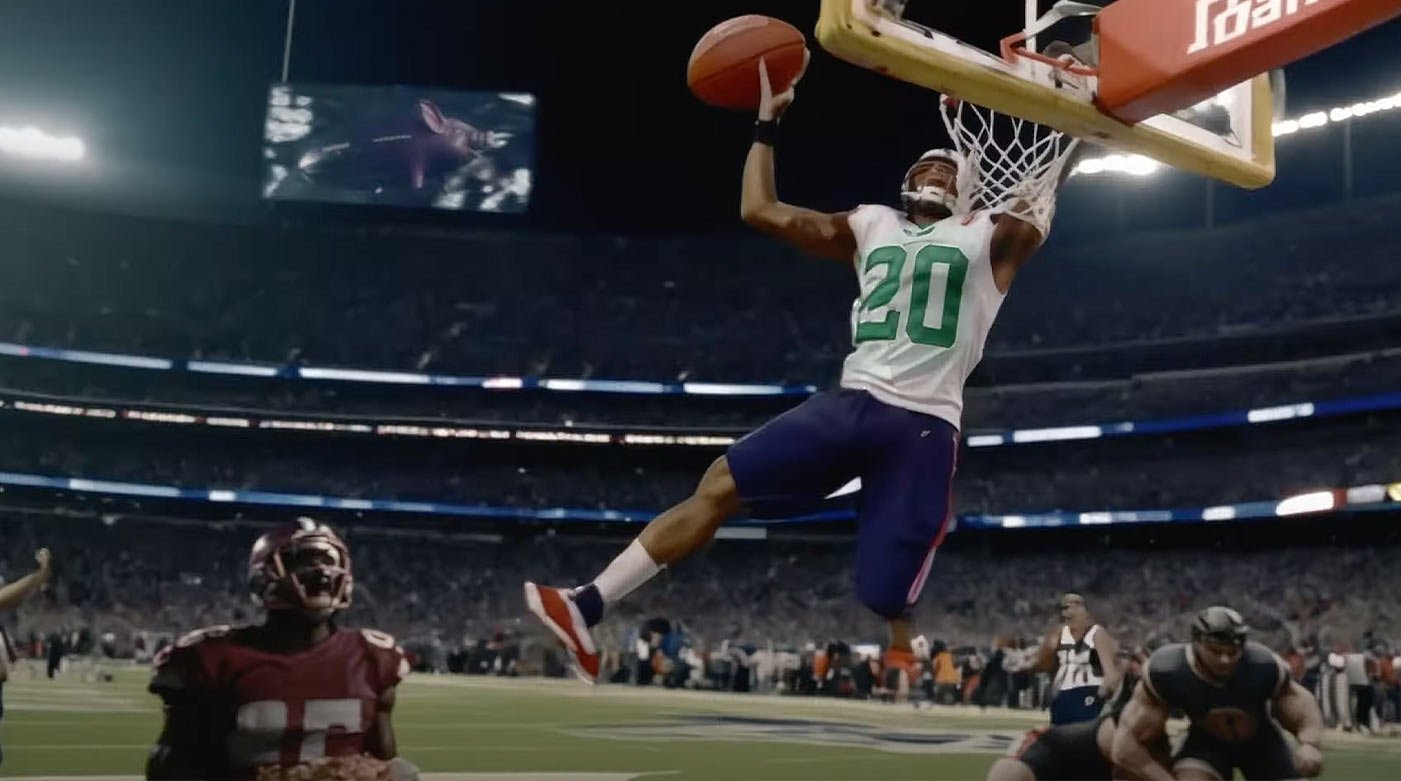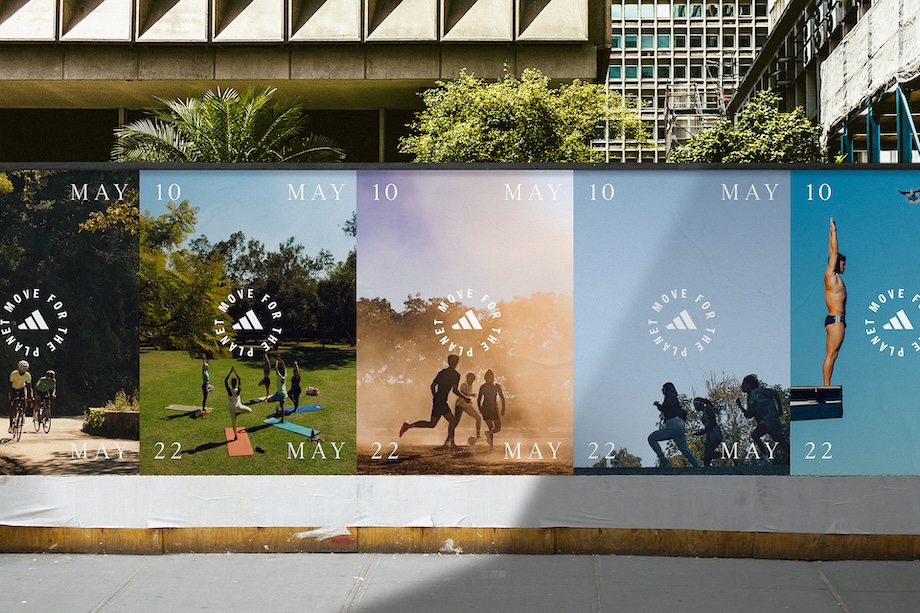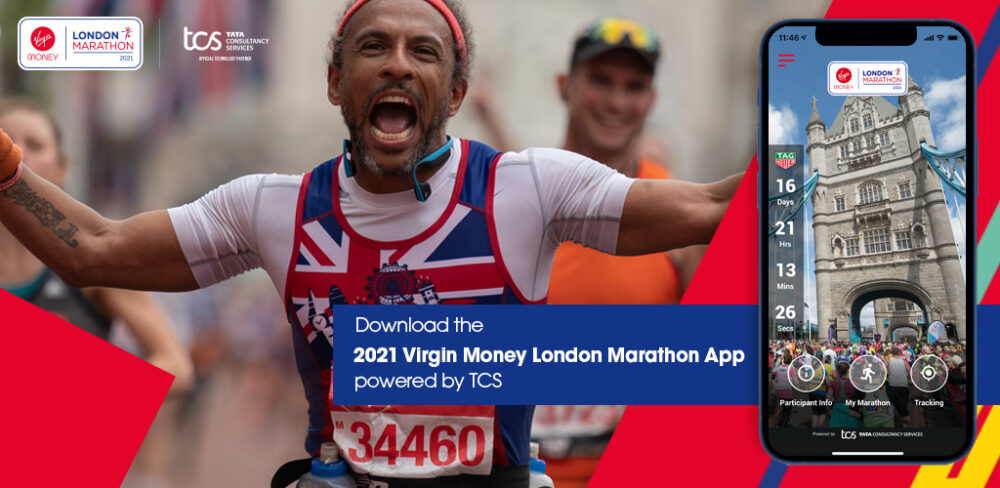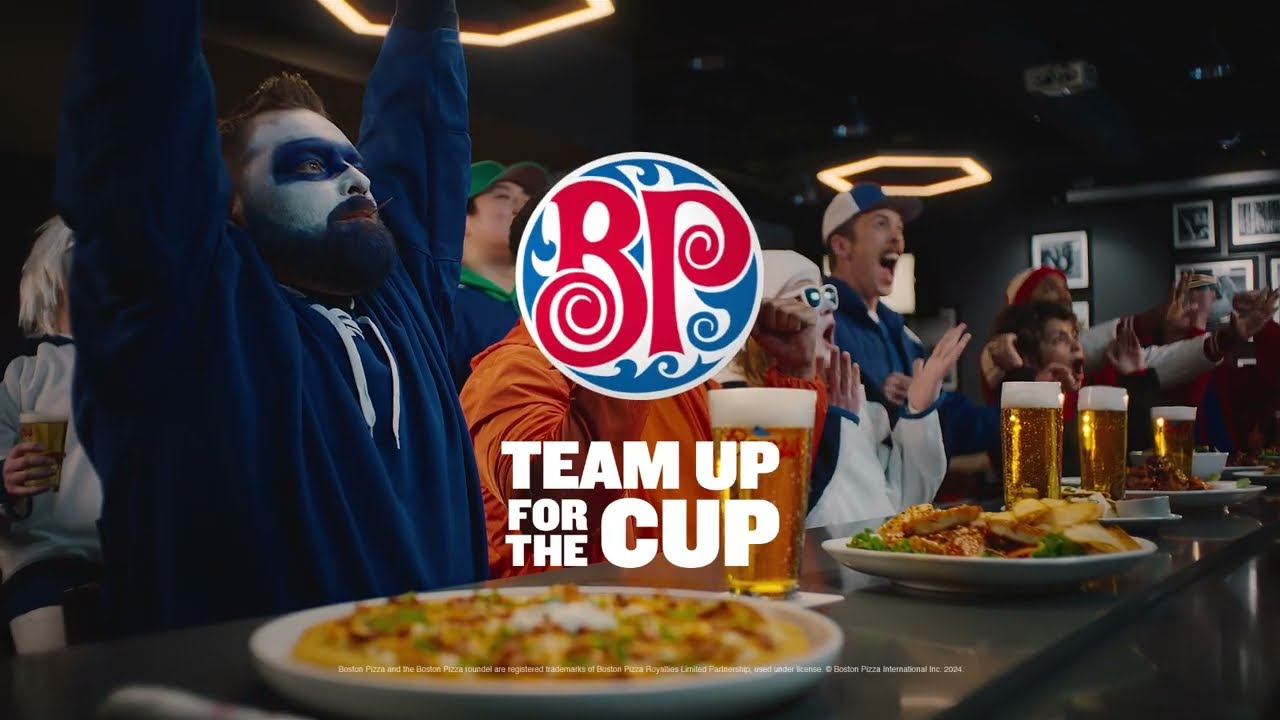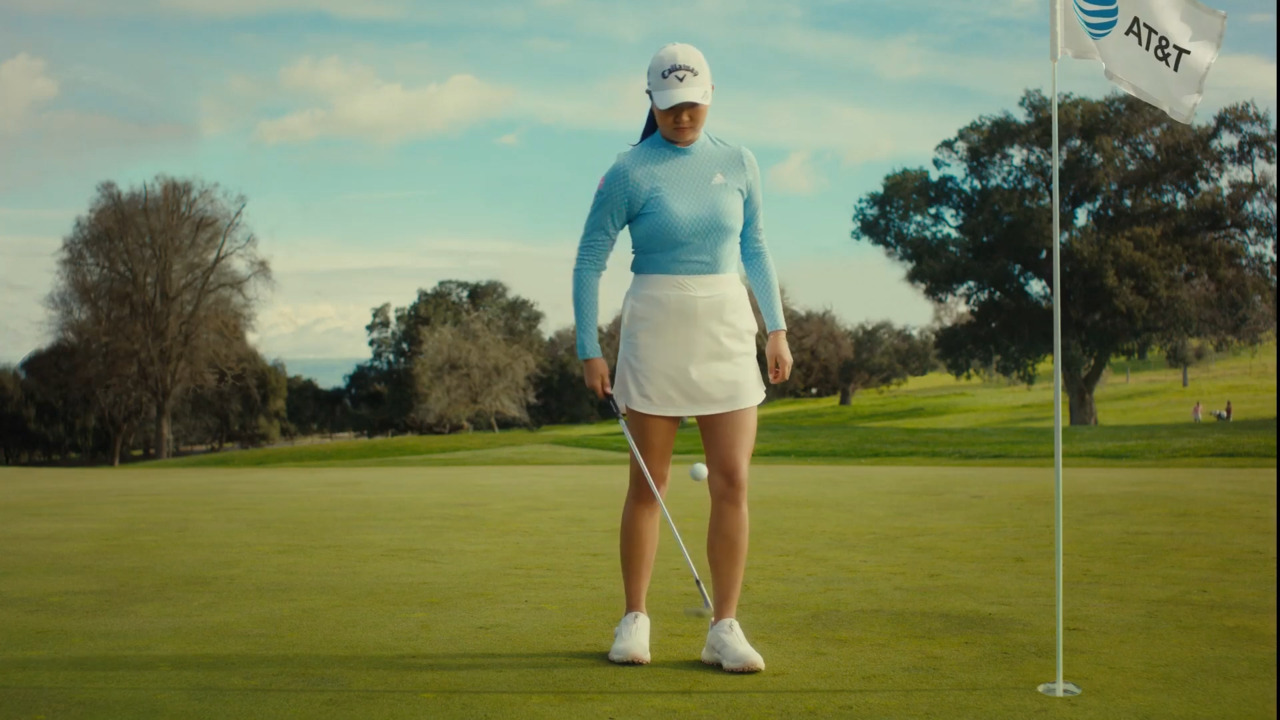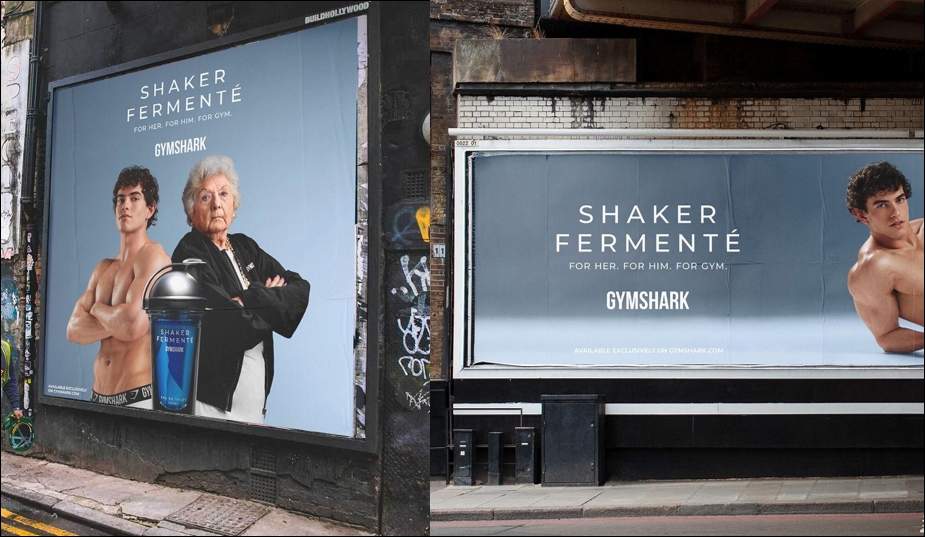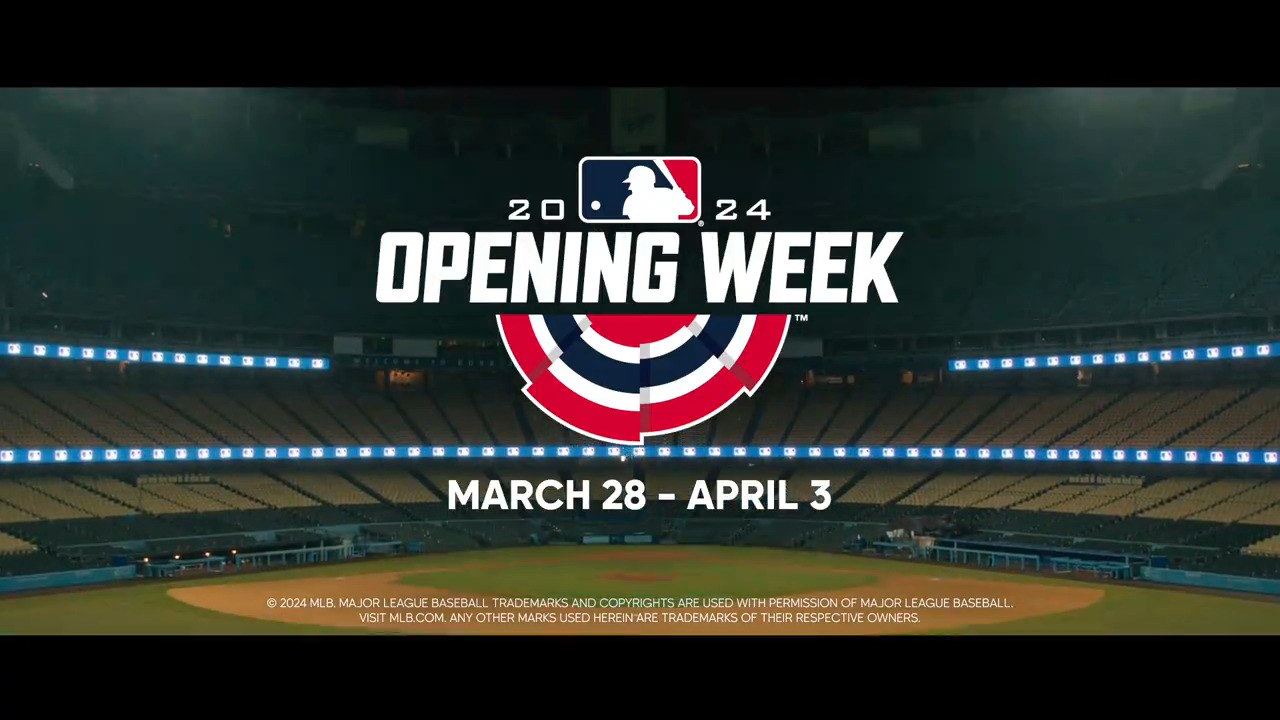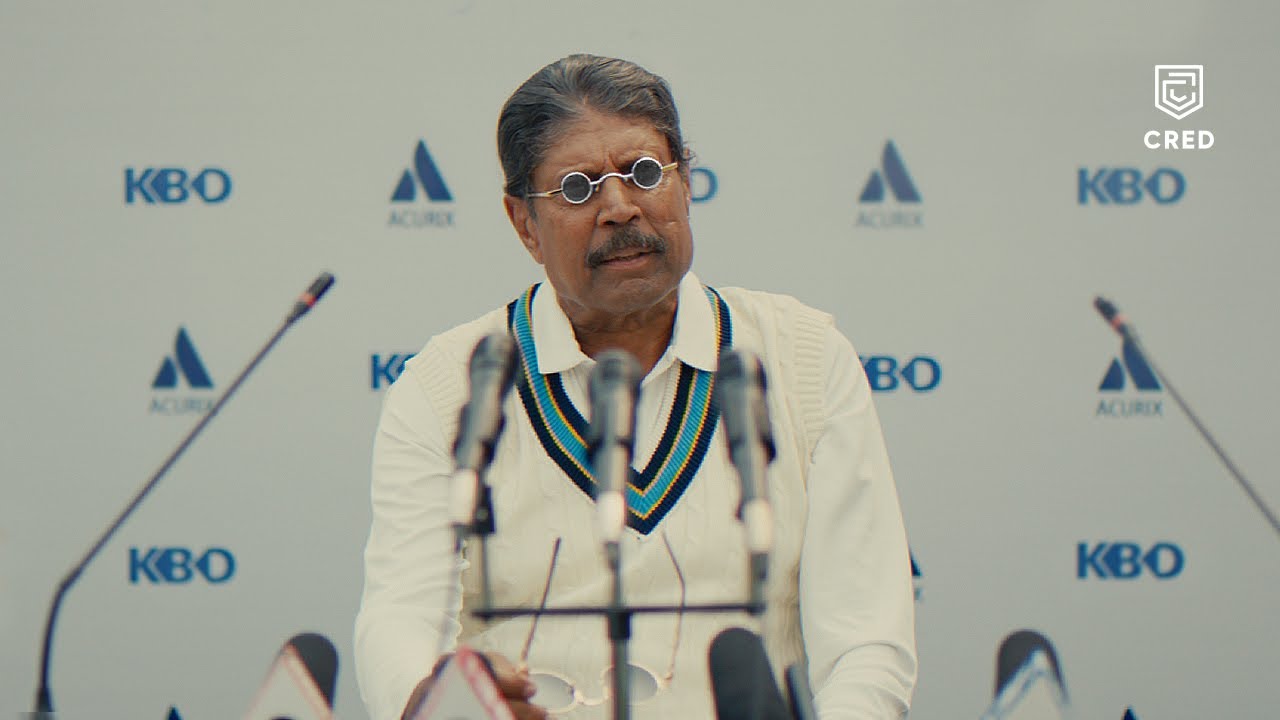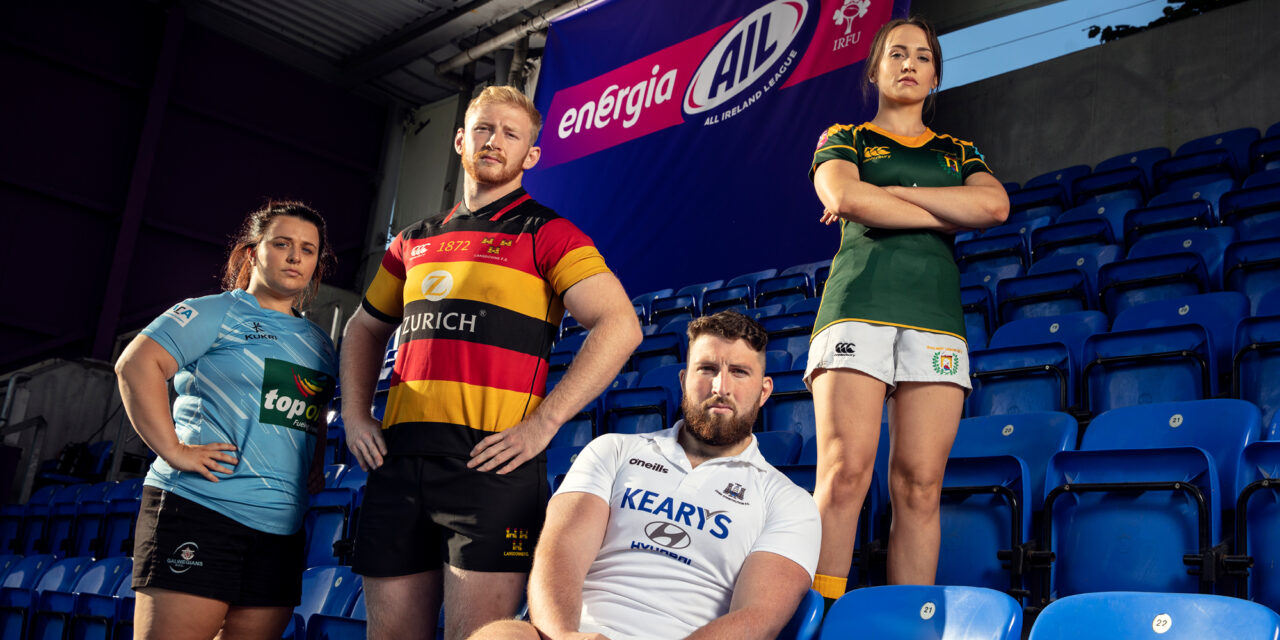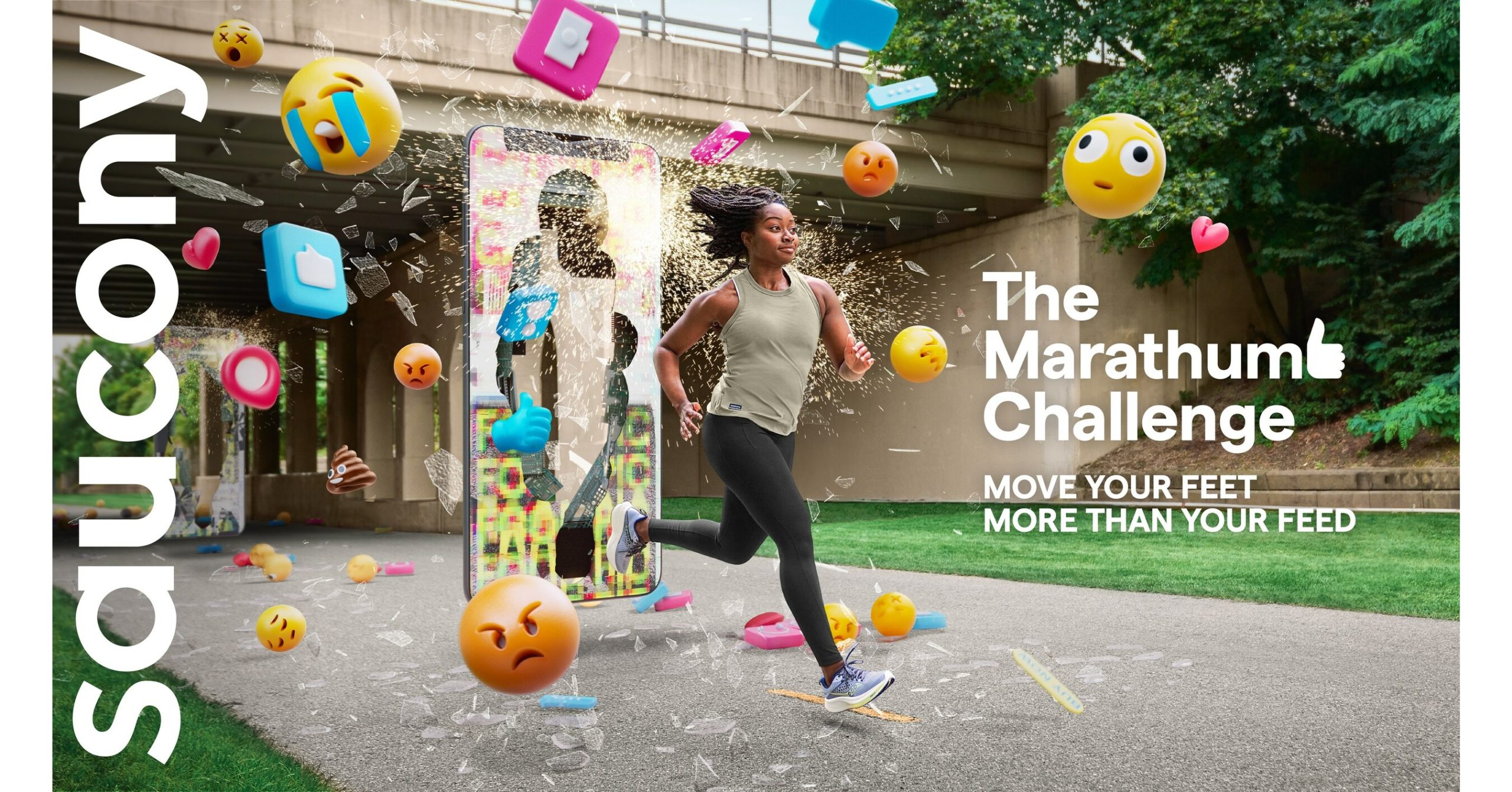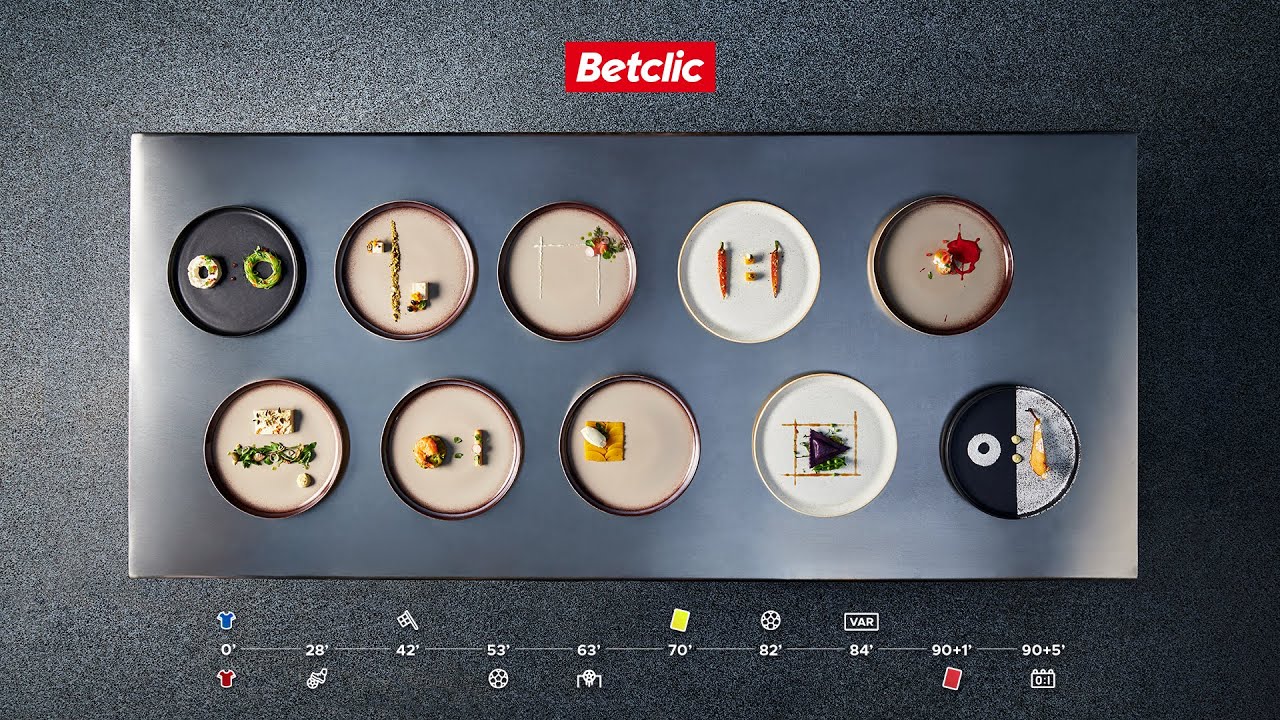Amid the Colin Kapernick ‘kneel for the national anthem’ #BlackLivesMatter linked protest, an attempt to start a boycott NFL sponsors movement, plus the ongoing #GoodellMustGo anti domestic violence campaign and some negative analysis of early season viewing figures, the NFL has begun its new season amidst much scrutiny.
The first two weeks of the season show that the NFL still dominates TV viewer attention compared to everything else: Week ending 11 September TV ratings (from Nielsen) show the opening Thursday night game between Carolina and Denver topped the chart with 25.2m viewers and a 14.6 rating, while Sunday night’s game between New England and Arizona secured the No. 2 slot with a 13.1 rating.
Yet, the Week 1 NFL ratings from the season opener (-8%), and for the first Sunday (-13%) and Monday night games of the season declined in comparison to 2015.
Despite this slip, the new season avalanche of sponsor ad activity coupled with record-breaking ad rates attests to the ongoing power of the USA’s undisputed number one sports behemoth.
The cost of buying commercials in live NFL broadcasts is more expensive than ever (an average 8% year-on-year rise) and yet in-game broadcaster and league inventory flew off the shelves in the run-up to the start of the 2016/17 season.
The most expensive 30-second spots On US prime time TV are, for the sixth year on the trot, are the $717,375 per unit slots in NBC’s ‘Sunday Night Football’.
Plus the NFL partnership costs on new media platforms – such as Twitter and Snapchat – are also stratospheric: with the former looking to sell around 15 NFL ad packages for between $2m and $8m and the latter asking for $7m for its season-long sponsorship deals.
In terms of revenue generation, there is no doubt that the NFL is easily the most lucrative league in US professional sports.
The latest full set of figures from IEG show that sponsorship revenue for the NFL and its 32 teams rose 4.4% to $1.2 billion in 2015 – a revenue growth of 7.8% on the previous year.
The beats the 4.1% global sponsorship spend rise, but is a touch lower than the 4.5% growth in the sports sponsorship sector.
This season the NFL boasts more than 30 league-wide category sponsors: including brands in somewhat obscure categories such as battery, beef jerky, hot cereal, humus, military appreciation, soup and yogurt.
While the details of NFL corporate partnerships vary from deal to deal and are largely not made public, they typically include category exclusivity, use of league marks for advertising and promotional purposes, event signage, media exposure through radio, print and TV ads, as well as various hospitality benefits.
As the NFL season gets into gear, official sponsors kick-off their season-long activation programmes, while US TV viewers also see the first rolls of the season’s football ad campaigns: spots that will run on loops every Thursday, Friday, Sunday and Monday through to the New Year.
Of the new crop of sponsor spots and football ads activating 2016/17 season, these are some of the stand-out trends and tactics – illustrated with best practice case study examples.
1: Player Downtime Comic Creative
2: Moody Cam Newton Commercials
3: Adidas (& UA) Ambush Nike
4: League-Wide & Team-Specific
5: Innovative NFL Fan Experiences
6: Eclectic & Quirky On Main Street USA
7: Hashtag-Led Fan-Created Protests
1: Player Downtime Comic Creative (Campbell’s & Papa Johns)
NFL sponsor marketers and football ad creative seems convinced that the great American public are endlessly fascinated by what grid iron stars do during their downtime.
That is the only conclusion we can draw from the avalanche of new NFL season ads featuring NFL ambassadors and their ‘free-time’.
And if we are to believe the creatives and copy writers behind new campaigns from the likes of Campbells and Papa John’s, what super star footballers do in their free time is exactly the same as you, me and everyone else – which in itself is funny.
At least the commercials are aiming for comedy anyway
2: Moody Cam Newton Commercials (Gatorade & Under Armour)
For much of last season it seemed like the Carolina Panthers’ multi-talented quarterback was going to the primary, stand-out super star of the NFL and some felt he was a more modern, contemporary celebrity who would replace the NFL’s established primary player pitchmen Peyton Manning and Tom Brady.
But then came Super Bowl 50 and the stand-out play of MVP Von Miller and the stand-out story of Peyton Manning’s victorious retirement (plus the defeated Newton’s moody and much-criticised post-game press conference).
It seemed Peyton’s pitchman place was secured despite retirement (see Pap John’s, Nationwide, DirecTV et al) and Miller was the new commercial celebrity in town (especially after he got the role of the new Old Spice Guy – see case study).
But the start of the 2016/17 season sees Cam make a renewed bid for commercial superstardom as he leverages the dark moody press conference theme into motivational fuel for the future in new football spots for Under Armour and Gatorade).
3: Adidas (& UA) Ambush Nike (Adidas)
Nike may be the official on-field apparel partner of the NFL and, for the season’s Thursday night opener between Super Bowl 50 finalists the Denver Broncos and Carolina Panthers, 39 of the game’s 44 starting players were Nike-sponsored athletes.
But it looks like it was fierce rival Adidas that won the advertising day.
Early on the first week 1 NFL game, Adidas aired its new ‘Creators’ commercial (the broadcast debut for a spot that was initially posted online 48 hours earlier)
The consumer reception looks to have been vocal and positive.
While it was primarily fronted by Broncos linebacker and Super Bowl MVP Von Miller, supported by Green Bay Packers quarter back Aaron Rodgers, the ad also featured an array of Adidas athlete ambassadors across several sports – including soccer star Paul Pogba (man Utd), WNBA rookie Moriah Jefferson (San Antonio Stars), MLB slugger Kris Bryant (Chicago Cubs), NBA beared super star James Harden (Houston Rockets), plus several others.
An effective showcase for Adidas’ recent big name endorsement deals across the global sports landscape.
As well as ambushing the league’s official sportswear partner, the campaign also takes an indirect shot at rival Under Armour as it essentially spoofs UA’s #RuleYourself training-led campaign with the copy line: ‘Yeah, yeah, hard work and dedication. Look at this cookie-cutter, copy-and-paste, blah. Where is something new, something different?’
4: League-Wide & Team-Specific (Bud Light & Nike)
One of the perennial challenges for sponsorship creatives activating multi-event properties and leagues is how to balance the reach and frequency benefits of engaging with all fans rights across the whole world or an entire nation with tapping in to the deeper team-specific fan passions at a more local, tribal level.
League-wide rights packages with the NFL can often effectively enable the former, but make the latter very challenging indeed.
Two NFL commercial partners whose new 2016/17 season kick-off campaigns address this challenge are official beer Bud Light and official on-field apparel brand Nike.
Bud Light’s ‘Team Cans’ campaign operates simultaneously at a national/league and a local/team level both through on-pack, in-store and in-stadium strands, as well as via multi-platform ad campaigns.
While Nike’s new ‘Color Rush’ uniform initiative to ‘light up Thursday night football’ adopts a similar dual-pronged approach.
There is plenty for sponsorship marketers to learn from the strategies and execution of these activations.
5: Innovative NFL Fan Experiences (Ford & Pepsi/Tostitos)
When you are the top sport in a sports mad nation and almost all of your games take place in sold-out stadiums, inevitably there is one activation tactic that is going to generate excitement and engagement – game experiences.
Preferably ones not only linked to the game, but also with sponsor brand synergies.
The new 2016/17 season as seen several genuinely innovative sponsor marketing initiative based around unique football experiences and two of the stand-out examples are from Ford/Uber and Pepsi/Tostitos.
New NFL truck partner Ford’s ‘Truck Tailgate’ experiences are genuinely compelling: after all, which fan wouldn’t want an exclusive, chef-prepared, pre-game, tailgate extravaganza (which even comes with an actual Ford F-series Super Duty truck).
While the joint Pepsi/Tostitos ‘Unreal NFL Experiences’ campaign offers not only spots on the sideline at the 2017 Super Bowl and VIP trips to the London game, but also an exclusive on-field masterclass with New Orleans Saints quarterback Drew Brees.
Yes, please!
6: Eclectic & Quirky On Main Street USA (Jack Link’s & Old Spice)
For years and years football as a sport has tried to position itself at the heart of mainstream, main street America.
Standing for traditional American values, sitting at the heart of traditional American culture, championing the country’s armed forces, wrapping itself in the star spangled banner and promoting old-school patriotism.
The NFL positions itself as very, very American.
It less about the North-East establishment or the West-Coast future-ism and attuned to Mid-Western sensibilities coupled with Central-South culture.
It is middle of the road Main Street USA.
So what are we supposed to make of the eclectic, quirky campaigns from Old Spice and Jack Links.
The brand’s themselves aren’t off-the-wall or unconventional, but their new season adds sure are a touch oddball, left-field whacky.
7: Hashtag-Led Fan-Created Protests
In this era of consumer-created campaigns and user-generated content, it would seem amiss not to mention at least two of the ongoing protest campaigns linked to the NFL.
The league won’t be all that happy about them dragging on and perhaps neither will many of its sponsors and advertisers: but these campaigns exist, they are being shared and they are generating un/earned media and it seems like there are an increasing number of them.
The ongoing #GoodellMustGo protest was initially spearheaded by a tweet that went viral as it aimed to put a bruise on a beauty sponsor execution to add an ugly, newsworthy spin on the way the league has responded to the Ray Rice domestic violence issue.
The protest comes follows last year’s TNZ release of a video of the Baltimore Ravens running back striking his fiancée in an elevator in an Atlantic City casino and how parts of the community feel about the NFL’s reaction (or lack of action) and calls for the resignation of league commissioner Goodell over his handling of the case.
By Photoshoping a genuine ad from an NFL/Cover Girl cross promotion (Cover Girl is an official beauty sponsor of the NFL) the campaign tactic aimed to hit the league where it hurts most – revenue generation.
#BoycottNFL #Boycott49ers #GoodellMustGo #GetYourGameFaceOn pic.twitter.com/WuwWthfKQ6
— Let's go, 'Stros! (@BelieveInZito) September 13, 2014
Simple and emotionally effective – yes! But Goodell is, of course, still in office!
An even bigger media story kicked off this season when San Francisco 49ers quarterback Colin Kapernick decided to kneel for the pre-game national anthem to show an affinity for the racial inequality in the USA in a move linked to the wider, ongoing #BlackLivesMatter protest.
Colin Kaepernick will donate $100,000 a month for the next ten months to organization fighting racial injustice. https://t.co/J3oZwVg4Mq
— The FADER (@thefader) September 22, 2016
The protest has split football fans and much of the country,
People are analyzing how Kaepernick has been criticized for his protests in light of recent police violence. pic.twitter.com/uFEMPb6H9h
— AJ+ (@ajplus) September 22, 2016
Colin Kaepernick and Jameis Winston top a recent poll of players disliked by the highest percentage of Americans.
Who should be No. 1? pic.twitter.com/ZyFanCGGwl
— First Take (@FirstTake) September 22, 2016
The story, which has both spread across the NFL and other US sports and has fragmented into multiple angles, has got so huge that the quarterback even made the front cover of this month’s Time magazine.
Colin Kaepernick covers the October issue of Time Magazine. A true American hero, fighting the good fight for the culture. #BlackLivesMatter pic.twitter.com/miiiMTUGgZ
— Aaron Dodson (@aardodson) September 22, 2016
As Time says, the protest is certainly fuelling a nationwide debate about privilege, pride and patriotism (the latter two are themes the NFL itself has often played on in its own brand positioning and marketing campaigns).
Thus far the NFL has taken something of a non-committal approach to the protest.
Two weeks after Kapernick first ‘took the knee’, commissioner Goodell said: ‘I don’t necessarily agree with what he’s doing. I support our players when they want to see change in society, and we don’t live in a perfect society. On the other hand, we believe very strongly in patriotism in the NFL. I personally believe very strongly in that.’
A tough situation, but one which the NFL may find it isn’t able to remain non-committal on forever and it may have to face up to it more directly sooner or later.
Perhaps the NFL and its commissioner to look a little deeper into the more player- and issue-engaged and pro-active approach of the NBA and its commissioner Adam Silver.
So, does the NFL respond to these campaigns, take a side, engage in debate around the protests, or does it ignore the tumult and hope it fades away?
At Activative, we know what we would advise!

